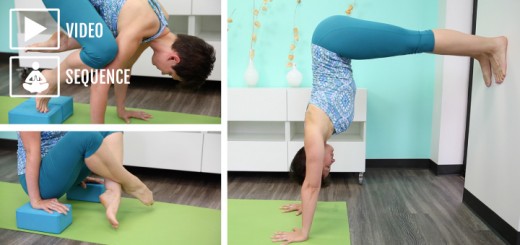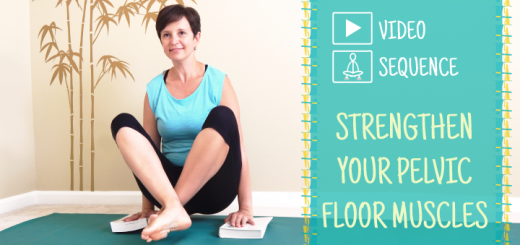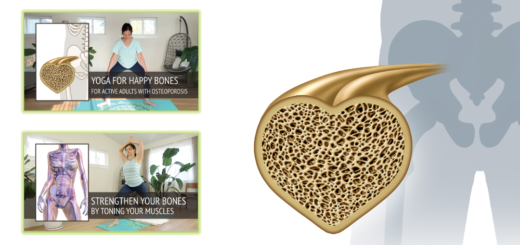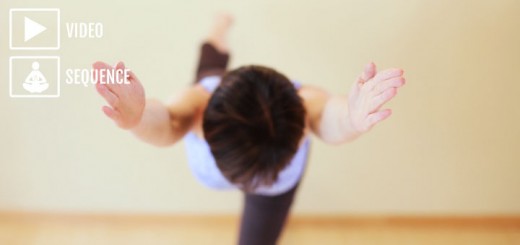Yoga Boosts for Strength: Core and lower body
1To have a strong body, we need a supple spine, stable skeletal structure, supportive core, toned muscles, and stable joints, all linked together in an integrative way and balanced within gravitational pull. For the past couple of months, we’ve been sharing short yoga practices to strengthen different parts of your body and promote better integration between parts.
Yoga Boosts for Strength are meant to help you reawaken different parts of your body, build their strength, and improve integration with other parts. They will also remind you what it feels like to be strong, capable, and powerful. Sign up for the HappyU newsletter to get those practices delivered to you every two weeks. Here are some practices for you to try.
Yoga for core strength and integration
Strong core muscles that work together make any movement you engage in more stable and powerful; they also help protect other joints (especially the shoulders) from overuse. The following short yoga practice will help you connect to the center of your body, strengthen various muscles that comprise your core, and facilitate better integration between those muscles. You will also use Uddiyana bandha-like movement and Brahma mudra to connect to your inner source of power and revitalize your body.
Put a spring in your step: Strengthen your hips and legs
Would you like to feel a spring in your step? When our hips feel stiff, stretching them seems like a good idea. However, strengthening your legs and hips might be more effective in relieving stiffness because contracting your muscles increases circulation into the area, improves muscle tone, develops stability at the joint level, and makes you feel stronger and more capable. Making your legs and hips work a bit before stretching them puts a spring in your step and helps carry you through your day with more grace and ease.
In this short practice, we focus on the flexion/ extension movement and work on strengthening your hips and legs, specifically your hip flexors, glutes, and quads, before stretching them. These movements are particularly helpful when you sit a lot during the day. We will also emphasize the grounding action to feel more strong, balanced, and stable both in the body and mind.
All practices are available on the Home Yoga Practice App.

 |
 |



















The postural benefits of exercise in general and likely the practice of Yoga in particular, may also provide health benefits for the brain. Neurologists with the aid of MRI technology are becoming increasingly aware of how chronic tension in the cervical spine or poor posture can reduce the flow of cerebral spinal fluid. CSF plays an important role in providing nutrients to brain cells and removing waste products. Also pressure on nerves created by CSF blockages can cause headaches and disrupt nerve signals to and from the brain.
Similarly breathing techniques may play a role fostering optimal spinal motility and alignment that promotes CSF flow along the full length of the spine.